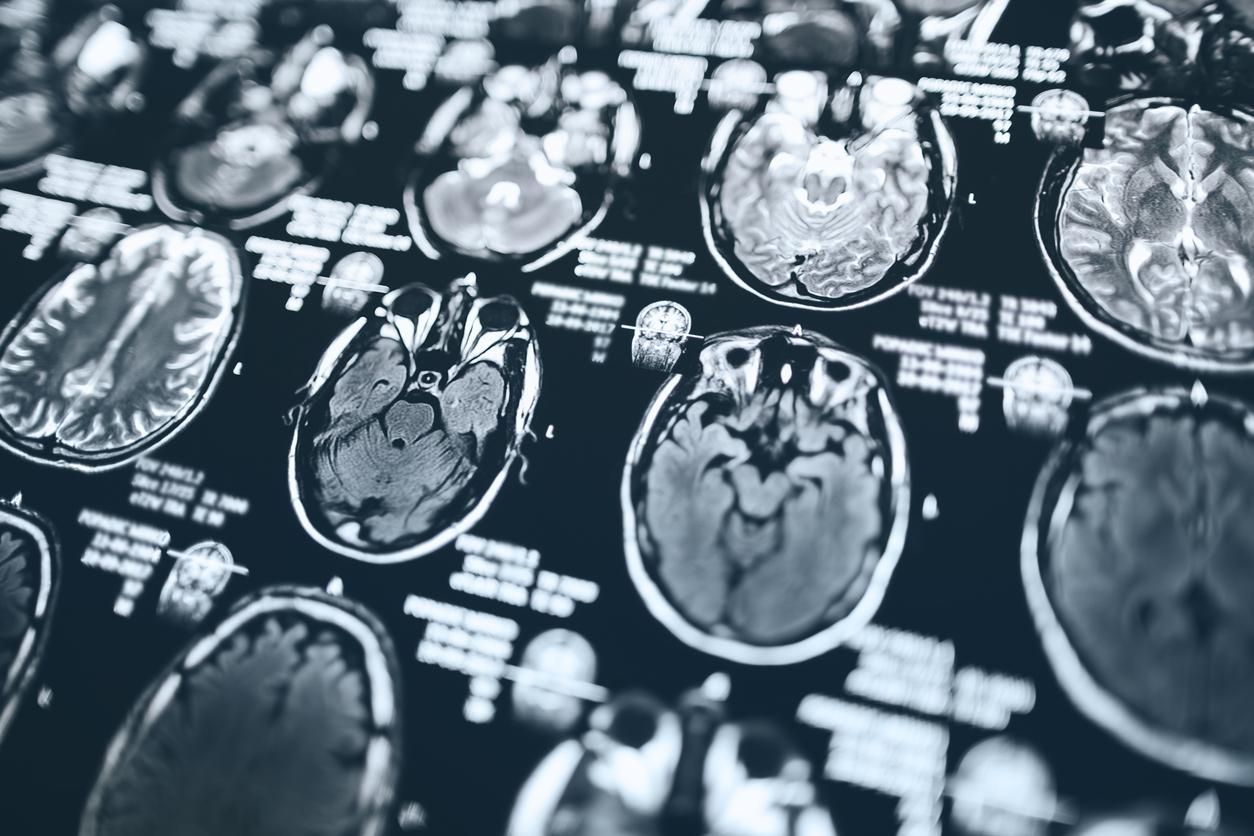An infectious disease
Tuberculosis is an infectious disease caused by a mycobacterium, Mycobacterium tuberculosis, but which is often referred to as Koch’s bacillus. It was in 1882 that the German scientist Robert Koch discovered the bacillus responsible for tuberculosis.
Pulmonary tuberculosis (phthisis) is largely dominant, but there are also bone (Pott’s disease, white tumor of the knee, etc.), renal, intestinal, genital, meningeal, adrenal1 and cutaneous (tuberculomas) involvement.
What are the symptoms of tuberculosis?
Several symptoms can appear: a heavy cough often accompanied by sputum, fever, great fatigue, loss of appetite, night sweats and weight loss. If the symptoms last more than three weeks and do not disappear with treatment with general antibiotics, tuberculosis can be suspected.
Who can get TB?
Anyone can catch tuberculosis, but people living in densely populated areas, the elderly, young people, people in great difficulty and AIDS patients are the most affected. As explained by Audrey Euzenne, an emergency doctor in Aulnay-sous-Bois, “migrants are particularly affected because they take the disease from their country of origin where there is often neither vaccination nor accessible treatment”. It is a “social disease” that spreads easily in areas where people in difficulty live. The contagion is by air and it is enough to receive a postilion from an infected person to catch tuberculosis.
You can be a carrier of Koch’s bacillus without developing tuberculosis. A third of the world’s population are carriers of Koch’s bacillus. It can remain “dormant” for many years and wake up to develop the infection on the occasion of the weakening of the immune system of the carrier (HIV, chemotherapy, etc.).
Indeed, co-infection by HIV and Koch’s bacillus increases the probability of developing tuberculosis: they tend to mutually accelerate their progression in the body, the first weakening the immune barriers which sometimes form an effective resistance to the second. Tuberculosis is thus a major cause of death among HIV-positive people, responsible for approximately 13% of deaths worldwide (WHO).
How to protect yourself from tuberculosis?
Prevention of transmission involves avoiding contact with infected subjects, which presupposes the earliest possible diagnosis and therapeutic isolation of the patient during the phase when he is contagious.
The only tuberculosis vaccine currently available is known as BCG, (bacille Calmette-Guérin). The vaccine is not 100% effective but can prevent severe forms in young children (90% effective). Since 2007, the vaccination schedule no longer makes BCG mandatory in France.
How to detect tuberculosis?
“Unvaccinated people are screened using a tuberculin IDR (intra dermo reaction to tuberculin). Tuberculin is an extract of the tubercle bacillus that is injected under the skin to check for a reaction such as hardening of the tissues. For people vaccinated with BCG, we must do a chest x-ray,” explains Dr. Audrey Euzenne. Abnormalities are most often concentrated at the top of the lungs. One can observe white spots, a flaky appearance, cavities or lymph nodes.
Can tuberculosis be cured?
The treatment is based on the combination of four antibiotics isoniazid, rifampicin, ethambutol and pyrazinamide) for at least six months. Contagiousness decreases rapidly at the start of treatment, however respiratory isolation measures may be essential in certain cases (hospitalization in a single room, wearing a mask, etc.).
The treatment, to be effective, must be taken regularly every day for the duration of the prescription; treatment stopped too early or taken irregularly exposes you to the risk of relapses or the appearance of resistance of the bacillus to anti-tuberculosis drugs (or multidrug resistance). However, there is increasing evidence of resistance to these four antibiotics. Other antibiotics such as sparfloxacin, amikacin, capreomycin, ethionamide or cycloserine can then be used.
Surgery may, mainly in developing countries, be indicated in the event of complications such as pleural, bronchial and parenchymal lesions or to act against a focus of antibiotic-resistant bacilli. The most practiced surgical technique is pulmonary excision which consists of the removal of part of a lung lobe (segmentectomy), of a lobe (lobectomy) or the removal of an entire lung (pneumonectomy).


















